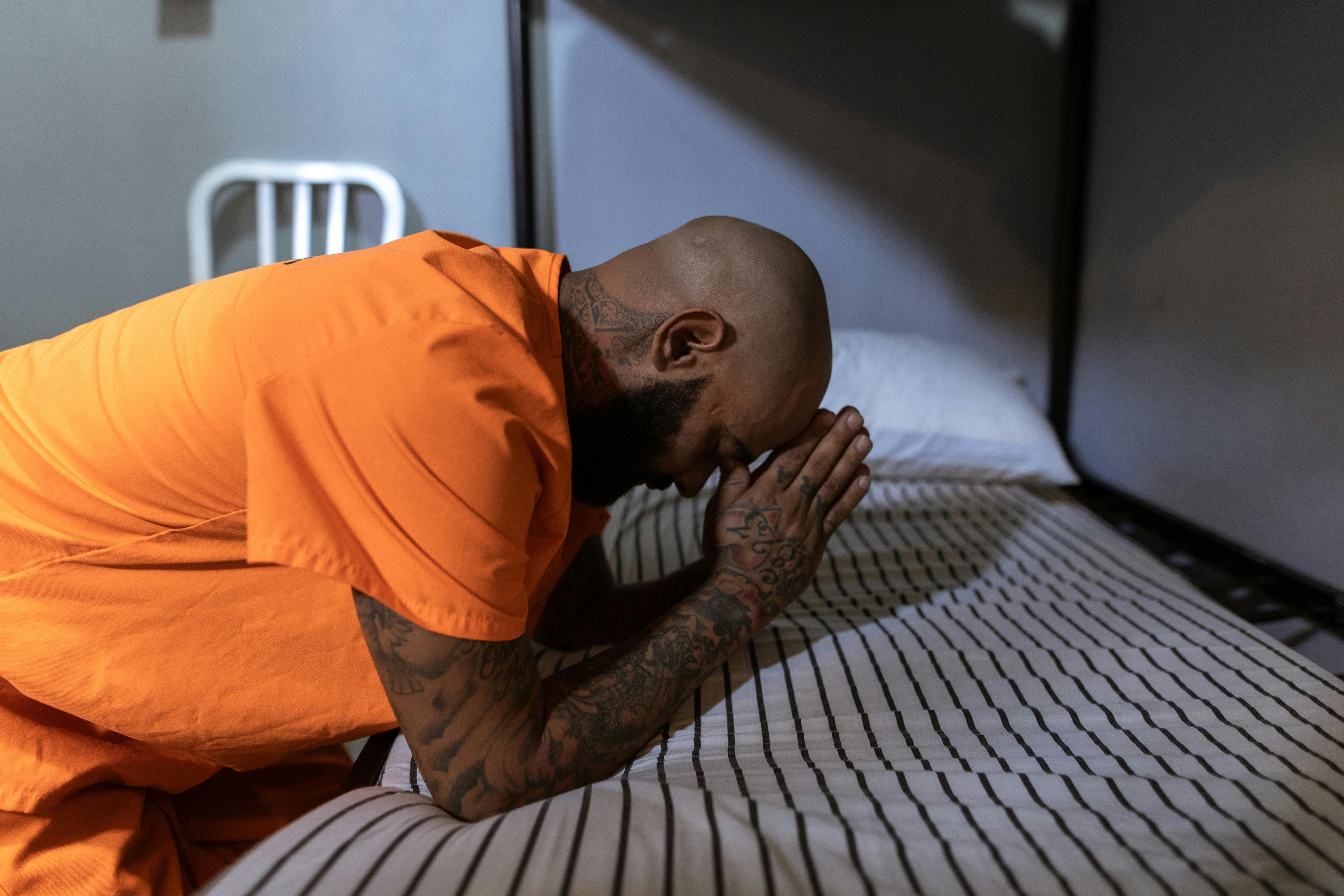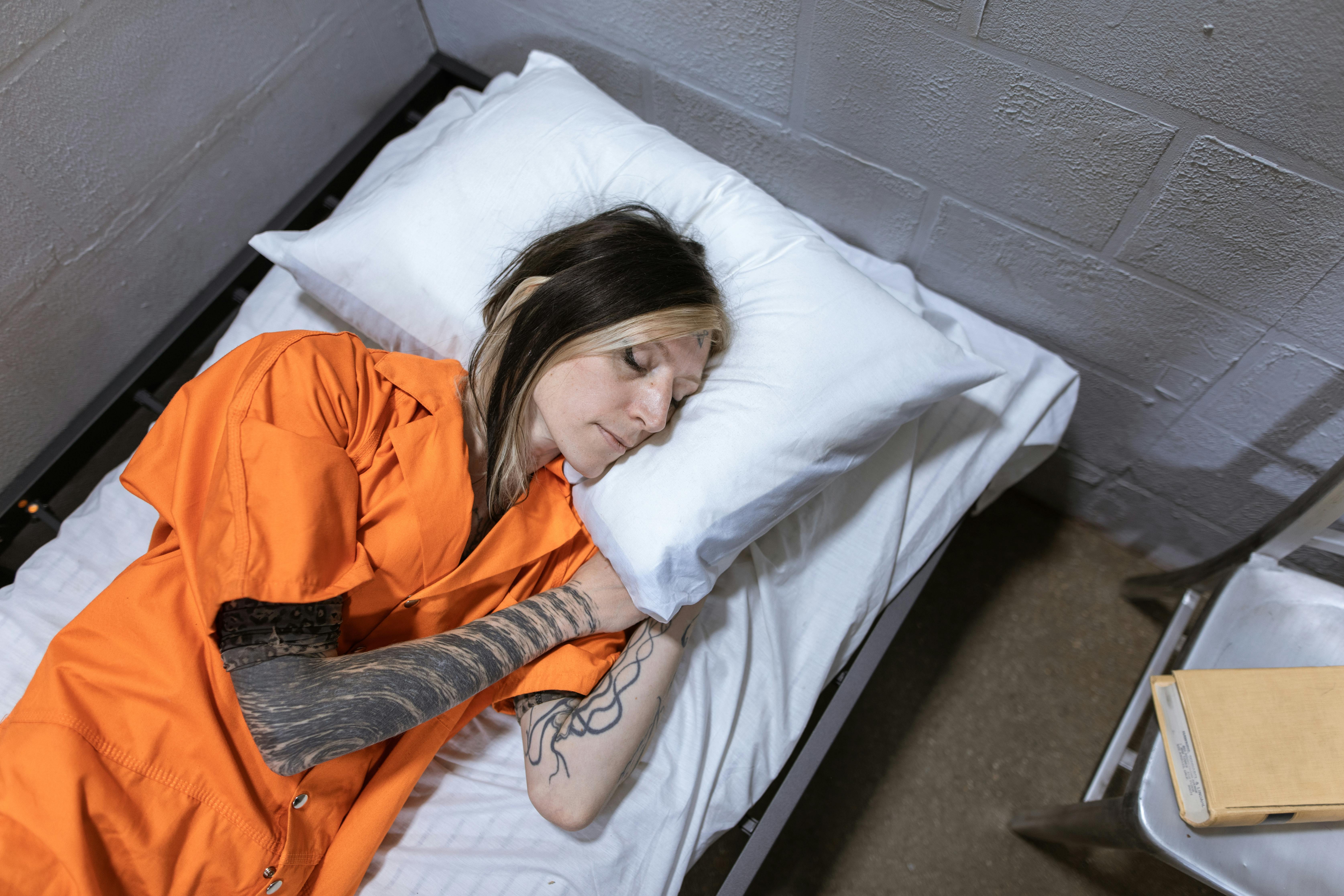Preparing for the wedding day was called “retiring to the roost” for the bride-to-be in the old days. In preparation for her impending departure, the bride-to-be withdrew from her ordinary routine and lived in seclusion in a separate part of the house with her best friends! During this period, the girls sang laments, mourned the separation of the bride from her family, and even cursed the middleman, the groom’s family, and even their own parents. Since this extended sleepover took place in the cockerel loft, the bride’s appearance on her wedding day was called “leaving the cockerel loft.”
However, today’s traditional Chinese weddings see less of such customs and instead “weeping of the bride”, meaning that the bride will cry when she left her parents and headed to her new home.
The day before the wedding, there is a custom called installation of the wedding bed. This is prepared by the groom. Usually an auspicious hour and a ‘good luck’ woman and a ‘good luck’ man, which is a man or woman with many children and living companions, were selected to install the newly purchased bed. . In fact, this installation ceremony only included moving the bed slightly while the friends’ servants had done the actual work! That is just the symbol of good luck and a promising life!
Chinese traditional culture has the belief that more children, happier! After the bed was installed, as a harbinger of fertility, the children were invited to bed. Also for the same reason, there are red dates, lotus seeds, peanuts, oranges, pomegranates and other nuts and fruits scattered on the bed. Traditionally, it is part of the fun and good fortune to see children stirring these nuts and fruits.
On the bride’s side, she would have her hairdressing ceremony. Generally, women of good fortune were invited to perform this rite. After showering with water infused with pomegranate knobs or leaves, the bride would be blessed aloud by the lucky woman as she sits in front of an open window with a moon visible or in front of the mirror. There are four blessings (first hairstyle, together for life; second hairstyle, harmony in their marriage; third hairstyle, blessed with many children and grandchildren; fourth hairstyle, blessed with longevity). After that, the bride was often served sweet pink rice ball soup, which is for the couple’s wishes for a full and sweet marriage.
On the part of the friends of the bride or groom, Chinese wedding decorations were also an important job! Double joy stickers would be placed everywhere to rejoice the taste! Bright red hues are seen throughout. A red banner would be hung on the front doors of both homes to announce the happy event!



